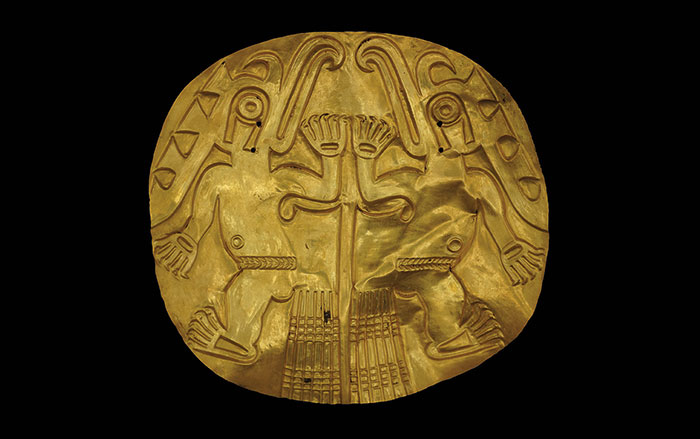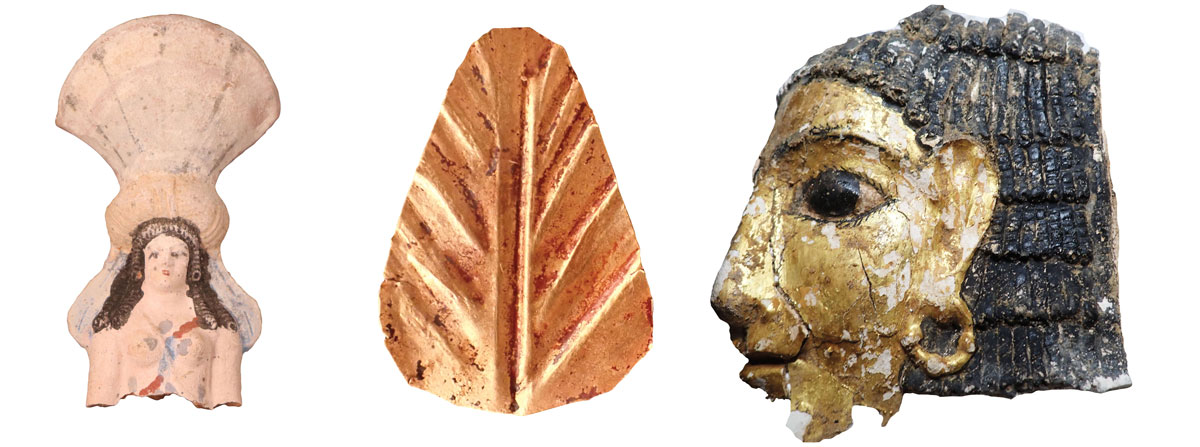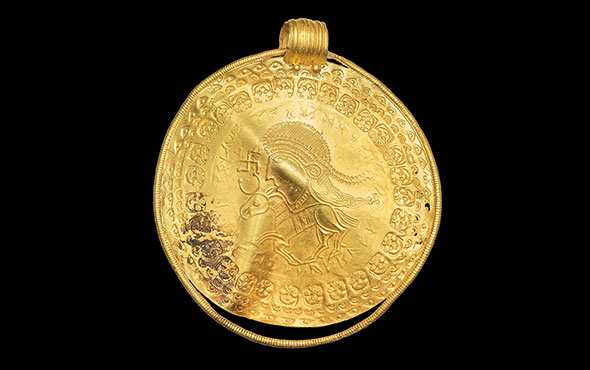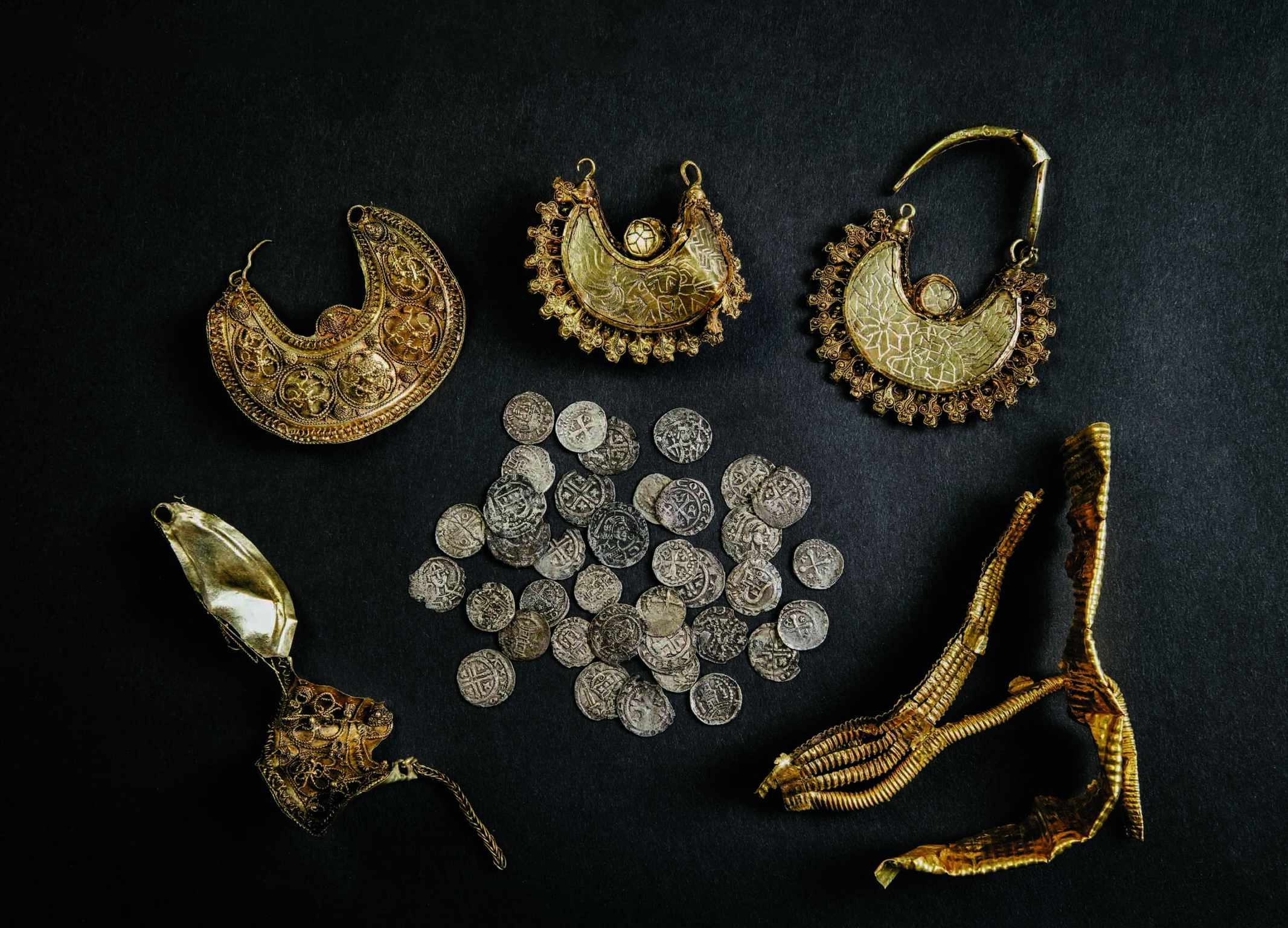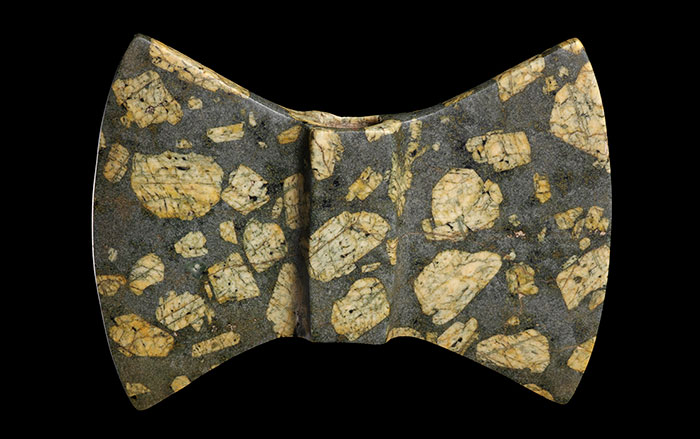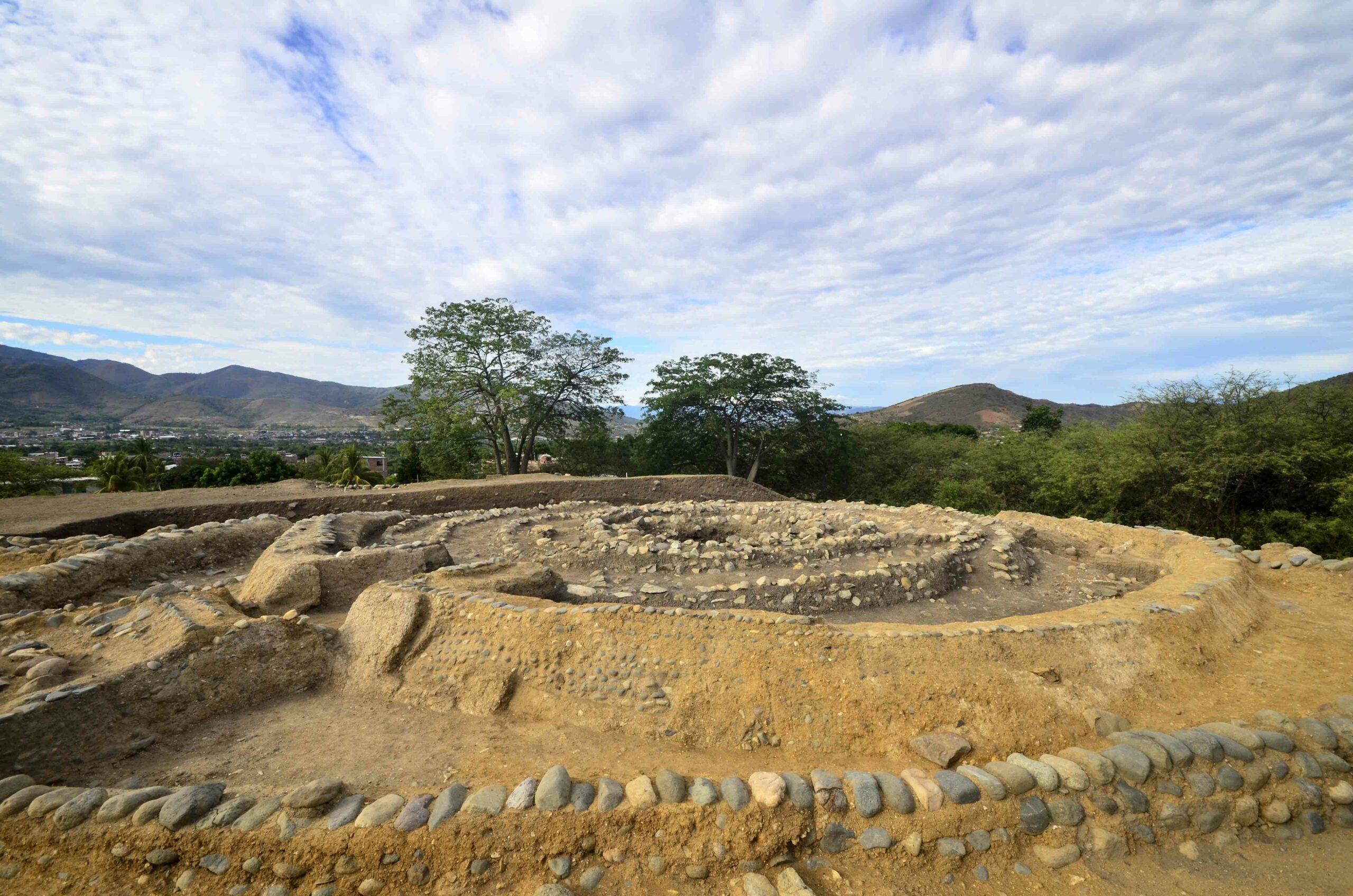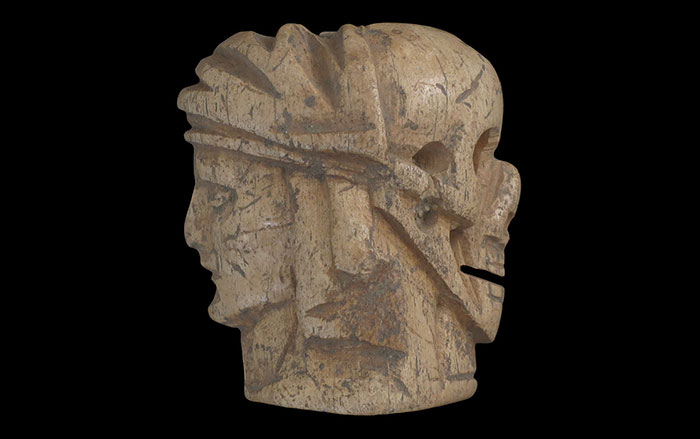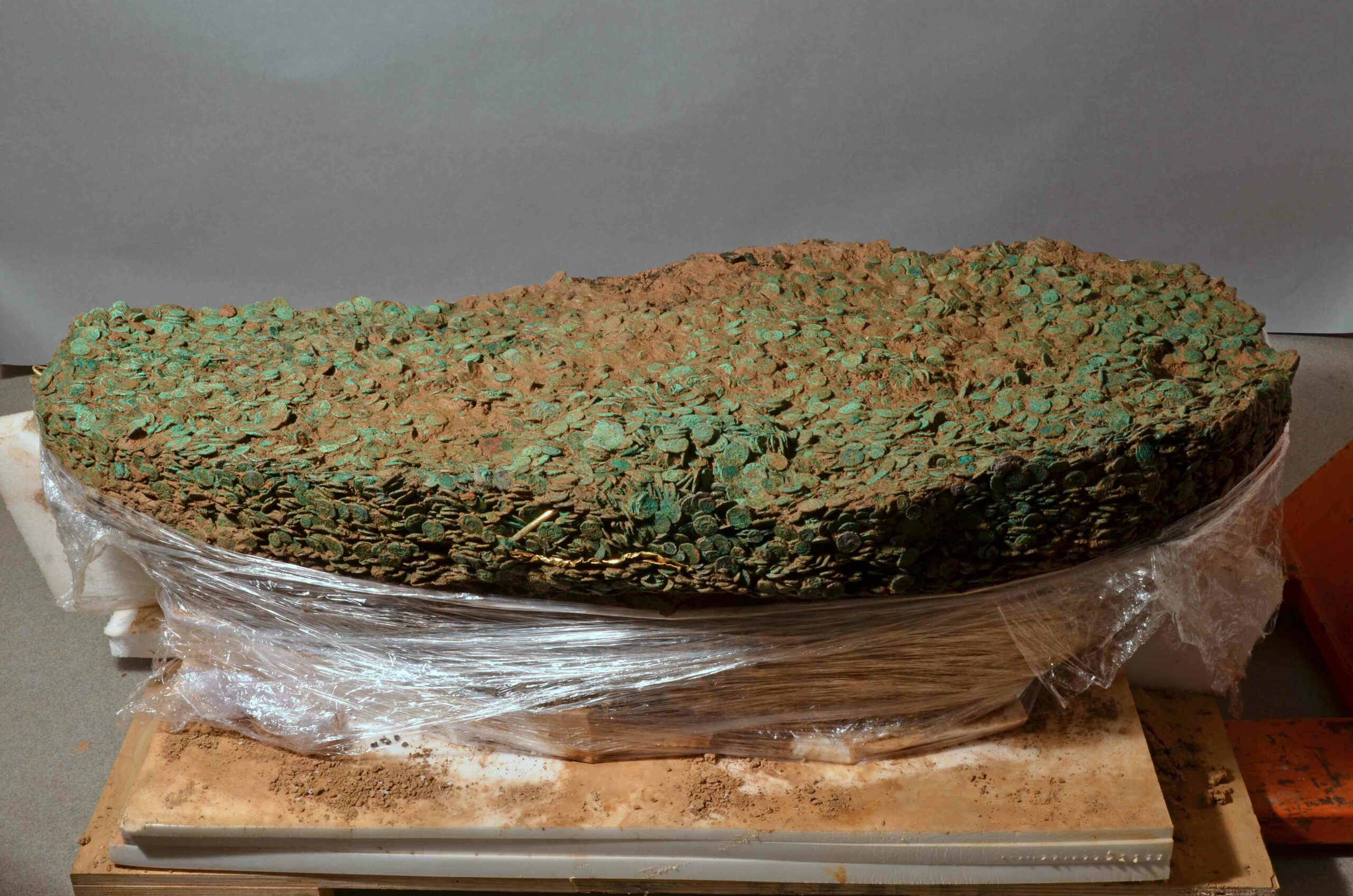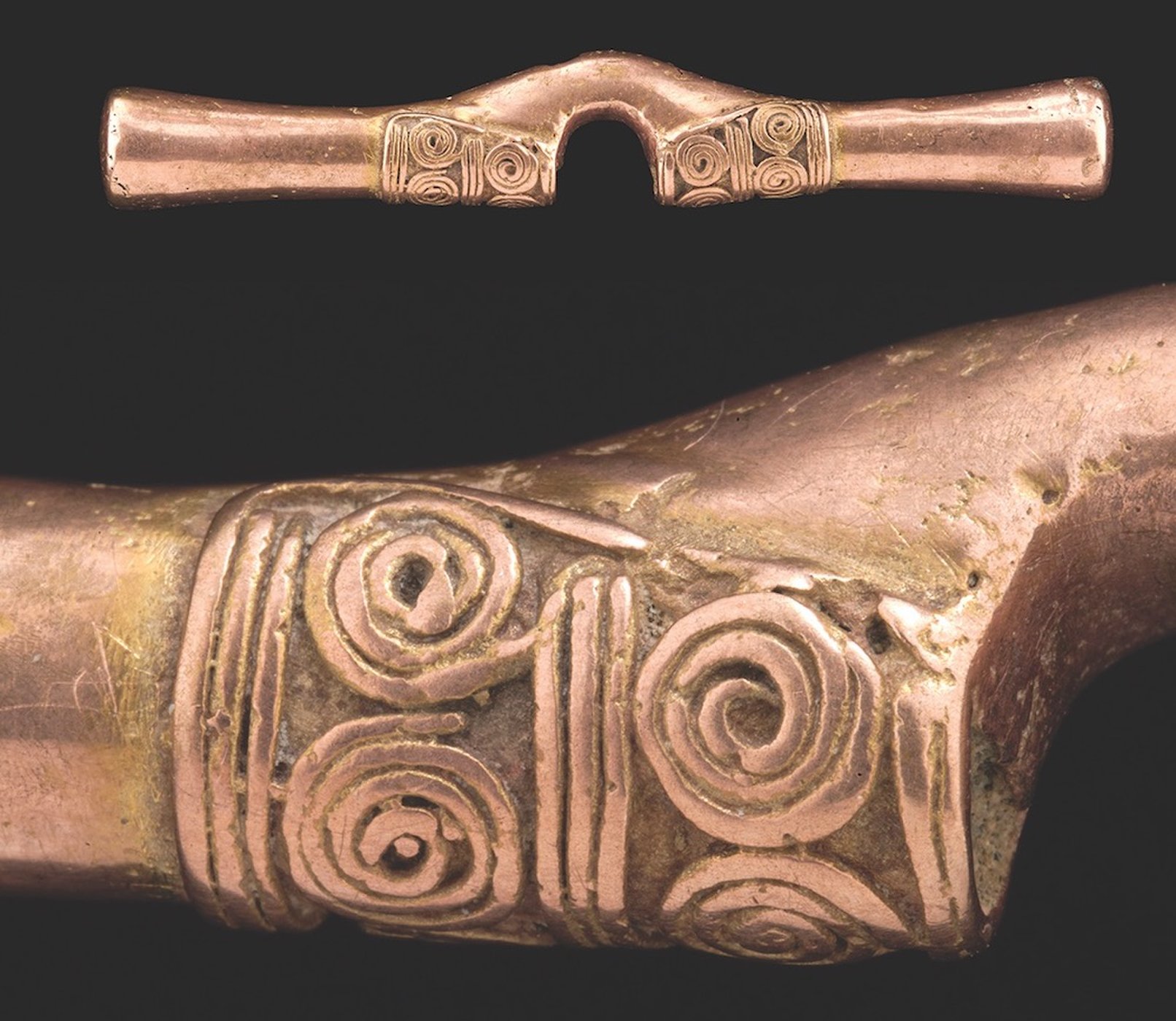
BOGOTÁ, COLOMBIA—Live Science reports that Marcos Martinón-Torres of University College London and Juanita Saenz-Samper of the Museum of Gold in Bogotá examined 44 metal artifacts created by the Nahuange culture between A.D. 100 and 1000 in the Sierra Nevada de Santa Marta mountain range. The objects included nose pendants, necklaces, earrings, belts, and bracelets. They determined that the Nahuange artifacts had undergone a process of oxidation and polishing known as depletion gilding, which involves beginning with a mixture of gold and copper, and bringing the gold to the surface. Then the Nahuange metalsmiths are thought to have removed the gold surface in order to bring out the pink and orange color of the remaining metal. “That defies our expectations that the more golden the better,” Martinón-Torres said. For more, go to “Bronze Age Ireland’s Taste in Gold.”


